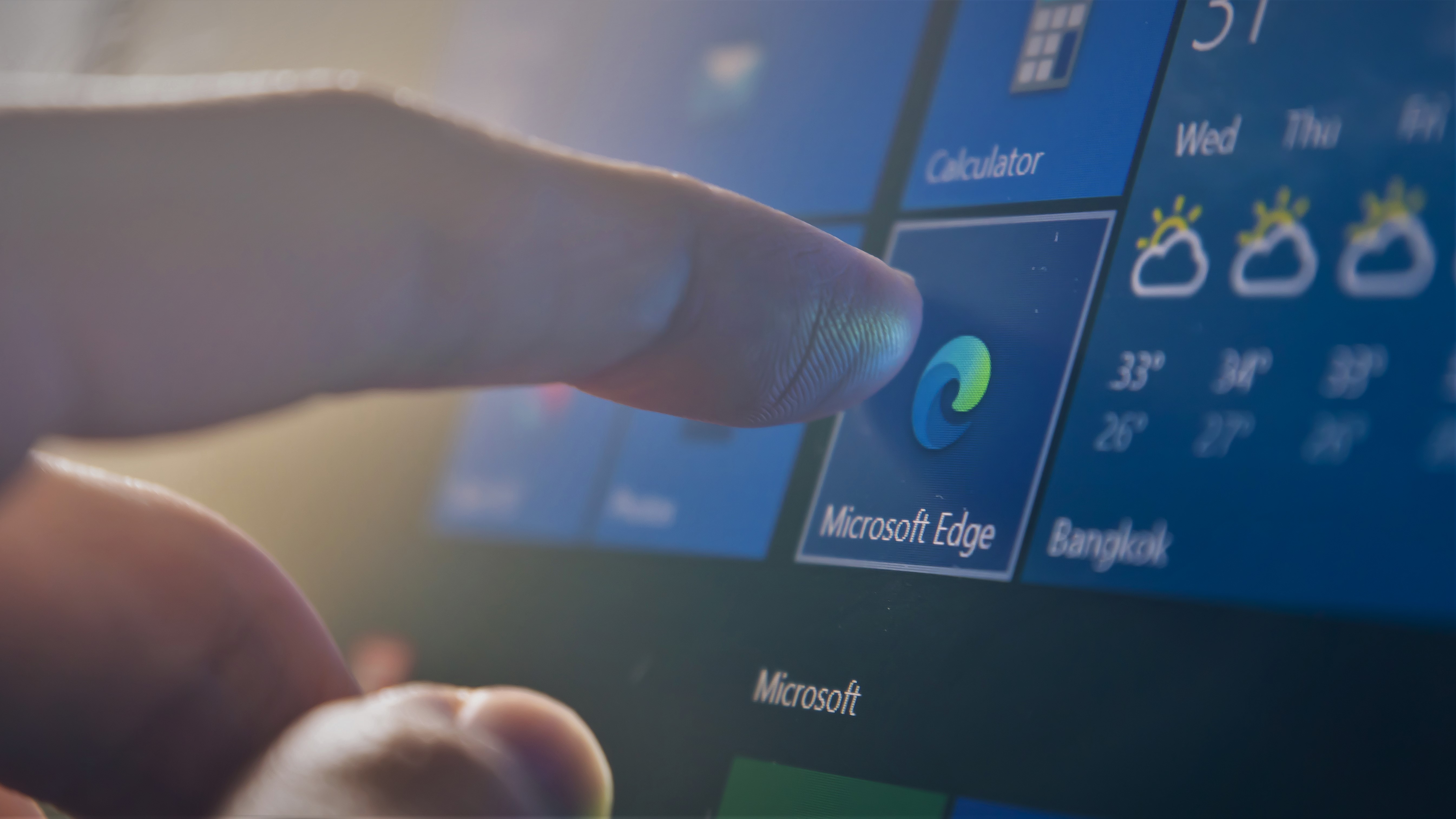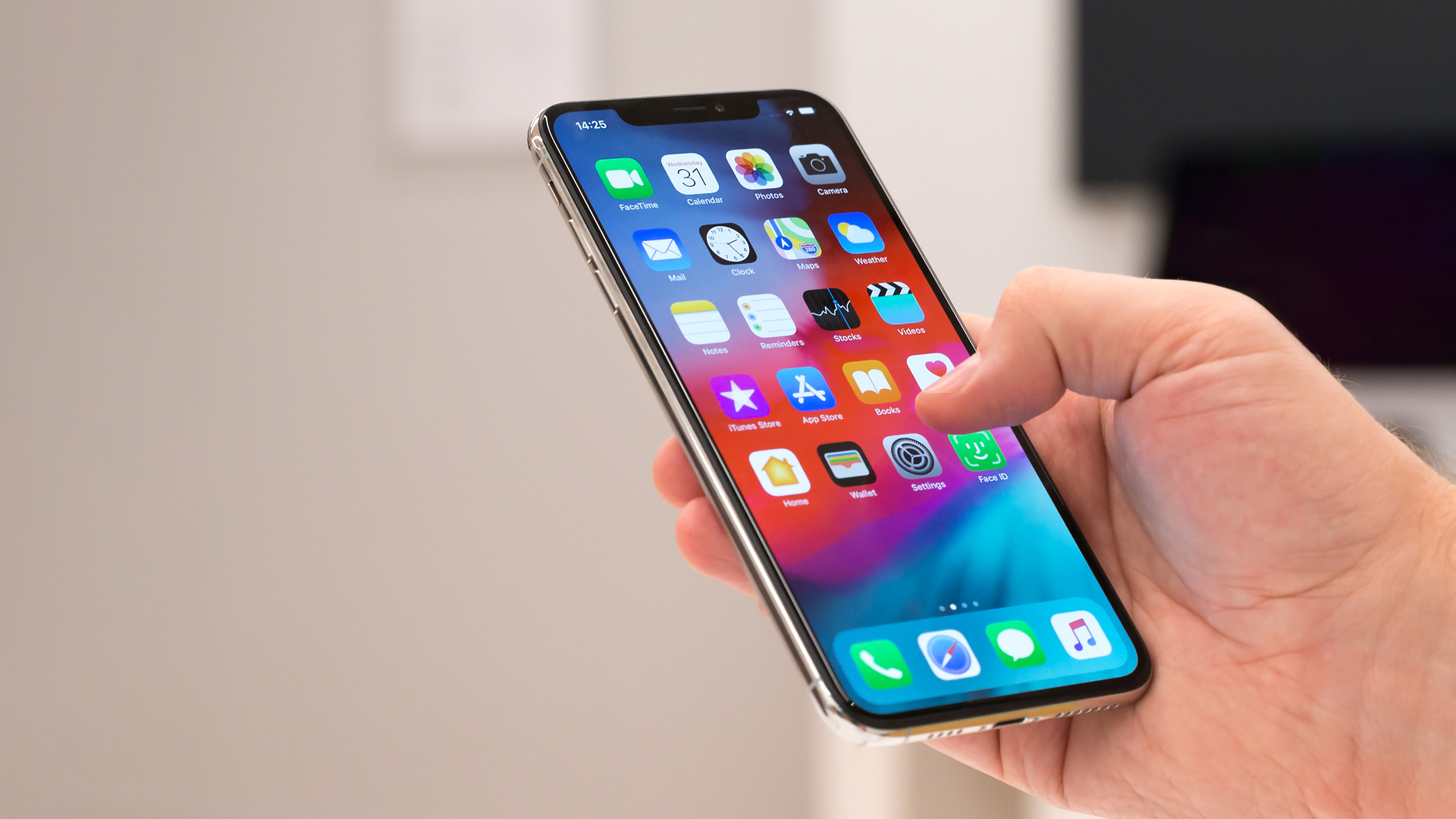What is Microsoft Edge?
Microsoft Edge is a better browser than you might think

Microsoft Edge has since been reborn, though. Microsoft has done away with its first-party tech and instead rebuilt its browser on top of Chromium, the underlying foundation of Google Chrome. Add this to some nifty Microsoft optimizations and features and what you have is the best browser you might be ignoring.
Microsoft’s history with web browsers is checkered. Internet Explorer wasn’t particularly good, but it became the dominant choice until Google came along with its Chrome browser. Then, when Windows 10 arrived, so too did a new browser.
Once known as Project Spartan, Microsoft Edge was the replacement for Internet Explorer and, well, it wasn’t very good. It had good bits, but never really gained popularity – especially not in the face of Google Chrome.

What is Microsoft Edge?
Microsoft Edge is the default browser included with Windows 10. More recent builds now only include the newest version, identified by the ‘wave’ icon, as it has fully replaced the legacy version depicted with a blue ‘e’ logo.
Edge is built on Chromium, the same as Google Chrome. Chromium is open-source and is the underlying technology in a number of other browsers besides Edge and Chrome, including Opera and Brave. That doesn’t mean Microsoft Edge comes pre-loaded with a bunch of Google add-ons, however.
The open-source Chromium browser contains no Google services pre-loaded, and companies like Microsoft and Google make contributions to it. But Microsoft Edge, as you might expect, does have a heavy Microsoft integration. There are similarities underneath and even user-facing, but a rebadge of Chrome it is not.
Instead of Google account sync, you have Microsoft account sync. Instead of Google search as default, you have Bing (though you can change that). And despite being built on the same underlying technology, Microsoft Edge is generally less taxing on system resources than Google Chrome, while offering a very similar experience.
Are you a pro? Subscribe to our newsletter
Sign up to the TechRadar Pro newsletter to get all the top news, opinion, features and guidance your business needs to succeed!

Google Chrome extensions in Microsoft Edge
Microsoft has its own collection of extensions for Microsoft Edge but because the browser is built on Chromium, Google Chrome extensions work too. This means that in Microsoft Edge you have access to the largest possible repository of extensions to enhance your browser.
Many of the extensions found in the Chrome Web Store are also found in Microsoft’s own extension catalog, but the flexibility exists to go to Google if something you’re hunting for is missing.
Extensions from the Chrome Web Store are installed in the same way in Microsoft Edge as in Google Chrome. There is only one additional step the first time you try it. When you go to the Chrome Web Store a message will appear in Microsoft Edge telling you that you can add extensions from other stores. Simply hit the ‘Allow extensions from other stores’ button and you’re all set.
You’ll still see an ‘Add to Chrome’ button in extension listings, but clicking this will install in Microsoft Edge.

Microsoft Edge Beta, Dev, and Canary channels
To try any of these newer builds you simply need to visit the Microsoft Edge Insiders portal.
If you like to live on the Edge (see what we did there) then there are three ‘Insider’ channels for Microsoft Edge that allow users to test preview versions of the browser. All of these channels mimic the Google Chrome channels, which is hardly surprising since both browsers rely on upgrades to Chromium as well as their own individual changes.
Microsoft Edge has Beta, Developer, and Canary channels, and they’re all available to the public to test at their leisure. The Beta Channel is the most stable and gets a major update every six weeks. It’s also the last channel to receive a new build before the stable release is pushed out.
The Dev Channel sees weekly updates and is the first place to test features that have been tested and verified by the Microsoft Edge team. It’s not stable, so there will be bugs, but it’s the ‘safest’ way to see some of the forthcoming bleeding-edge features.
The Canary Channel is updated every night automatically. It’s unstable and not recommended for use as your everyday web browser, but it provides access to new upgrades as they’re being worked on.

Microsoft Edge on Mac, Linux, and Windows 7
As Microsoft Edge has transitioned to using Chromium, it has also broken free of Windows 10 exclusivity. If you’re using a Mac, Linux, or Windows 7 computer, you can also now use Microsoft Edge.
It’s not necessarily the best browser for each of these platforms, but it’s a positive for the development of the browser and for its users that it isn’t siloed into Windows 10 anymore.
People use different devices in different parts of their lives, why shouldn’t their browser go with them.

Microsoft Edge on iOS and Android
Microsoft Edge isn’t just for desktop and laptop use, either. If you’re using Microsoft Edge on your PC you can also now use it on your mobile device, too.
Whether you’re on iOS or Android, you can download Microsoft Edge to use on your phone or tablet. It isn’t exactly a shrunk-down version of the desktop browser, but with a Microsoft account, you can sync much of your browsing between your PC and your pocket device.
Features such as extensions aren’t available, but being able to sync your browsing to and from your mobile device is extremely convenient.
Summary
Microsoft Edge was once a browser worth avoiding, but that is no longer the case. The relaunch of the built-in Windows 10 browser, based on Chromium, has transformed it into something you should definitely try.
It has most of the same advantages as Google Chrome, with the added bonus of being less resource-hungry. And if you’re someone who tries to avoid handing over too much of your digital life to Google, it’s a solid alternative with minimal drawbacks.